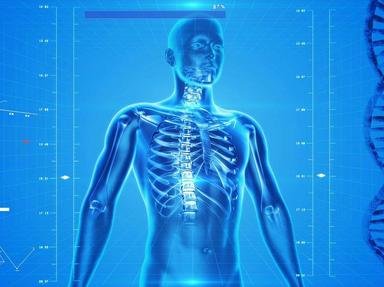Quiz Answer Key and Fun Facts
1. What is the primary function of the colon?
2. What is the pia mater?
3. Which of the following organs does not produce hormones?
4. Which substances are controlled by hormones having opposite effects on their blood levels?
5. Which organ is not accurately matched to its color?
6. An increase in what aspect of the brain is associated with increased intelligence?
7. Which vitamin requires binding with a substance produced by the stomach in order to be absorbed?
8. When light enters the eye, it passes through which sequence?
9. Breathing requires conscious effort.
10. Which of the following is not true concerning blood?
Source: Author
jstagamtome
This quiz was reviewed by FunTrivia editor
crisw before going online.
Any errors found in FunTrivia content are routinely corrected through our feedback system.

